
Fall is here! It’s time to put away your gloves, put your garden tools in the shed and call it quits. Whether you had a banner of a year or a bummer of a harvest, most of us are ready to be done with all the seasonal work that comes from growing our own food. But before you throw in the trowel for the season, be sure you aren’t making more work for yourself next spring.
Let’s look at a few mistakes that could cost you next season.
1. Doing Your Fall Planting Too Late
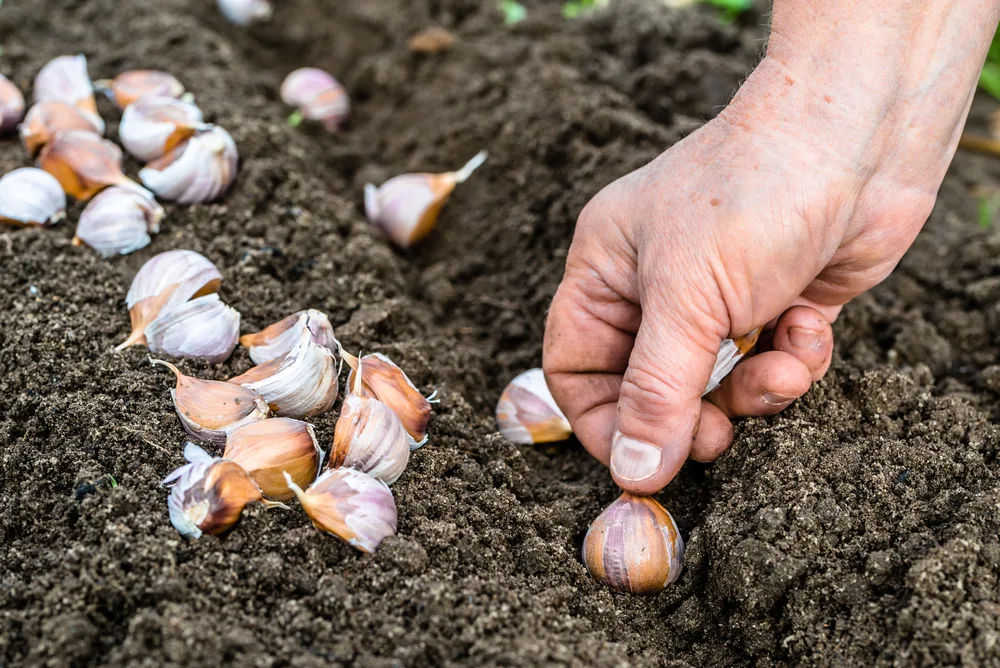
Numerous veggies do great in the fall; pretty much everything you planted in the spring. But you’ll want to get them in the ground in time to harvest them before they get taken out by the first hard frost. Vegetables like lettuce, kale and root veggies can stand up to light frosts but eventually succumb to the cold.
Things like onions and garlic can be planted in the fall to be harvested next spring, ensure you do so early enough for the plants to get established before winter. If you wait too late, you could lose the plants before they’ve had a chance to toughen up for the winter ahead. If you run out of time, don’t worry; you can still plant garlic in the spring.
Related Reading: 5 Reasons It’s Better To Plant Onions In Fall (& How To Do It)
2. Skipping Soil Amendments
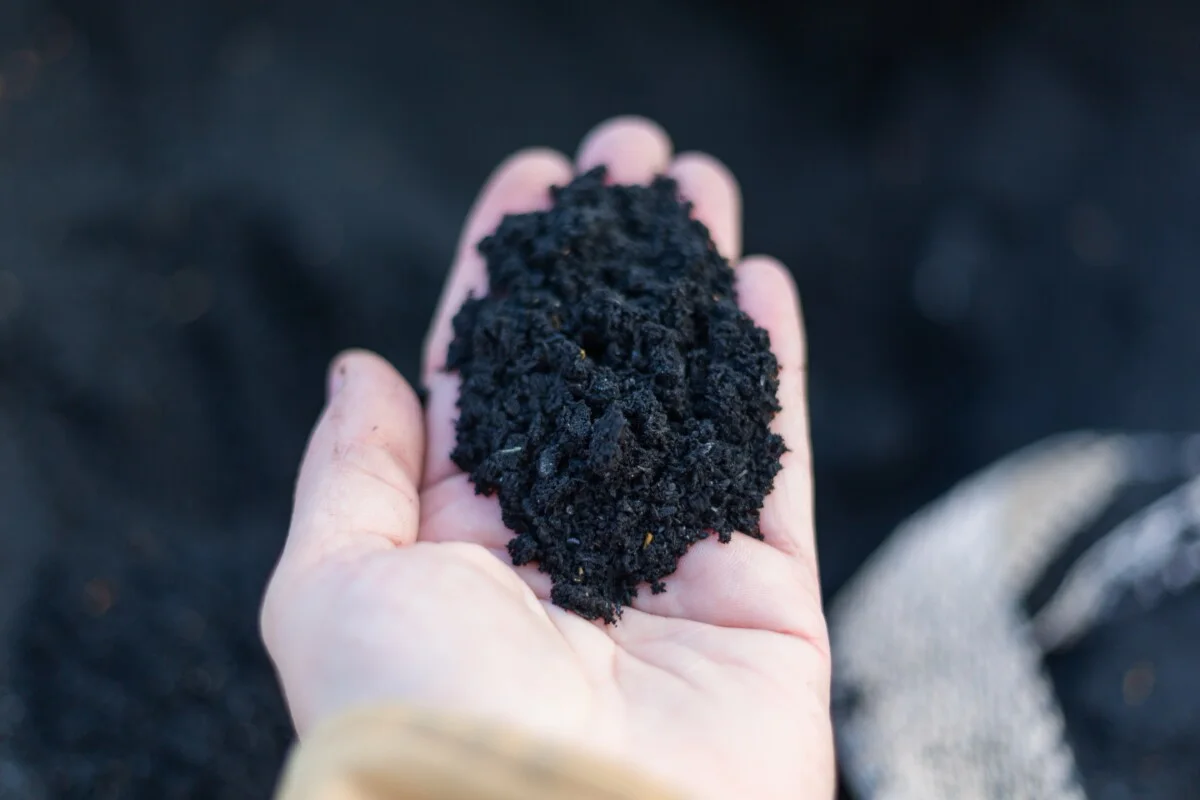
The soil needs a rest after a full season of providing nutrients and water for all your plants. But it’s not enough to simply take a break. If you want to start next spring with good, quality soil, now is the time to take action.
Adding soil amendments in the fall rather than spring allows organic matter and natural fertilizers to break down in the soil so that their nutrients are readily available to your plants next spring. Add compost, biochar or leaf mold to your garden beds before you put the wheelbarrow away for the year.
3. Not Weeding Anymore
Phew, the summer is over, and the garden is finally calling it quits for the season. Unfortunately, while your vegetables may die off for the year, the weeds never quit. Many gardeners stop weeding as soon as they’ve harvested that last tomato. But just because your plants have died off doesn’t mean the weeds have.
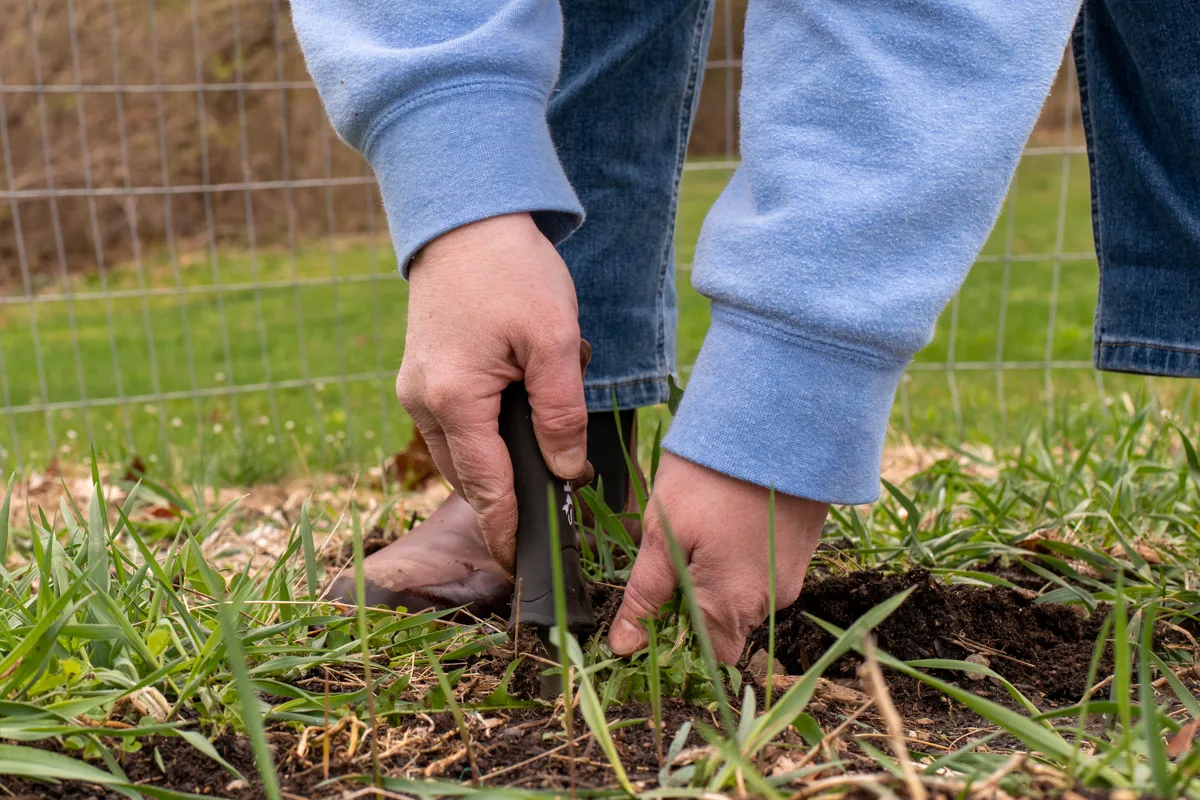
Weeds are exceptionally tough and hardy plants, and they’re opportunists. As you start pulling up dead plants, weeds will happily creep into the first bit of bare ground they can find. And it’s wishful thinking to believe that the cold winters (if you even live in an area that gets cold winters) will kill them off. No, those weeds will go dormant and return bigger in the spring now that they’ve had an entire winter to grow deep, tap roots.
Continue to pull up any weeds you find in the fall, even if you’re done gardening for the year. Or better yet, make it easy on yourself and better for your garden by not forgetting number four.
4. Not Mulching
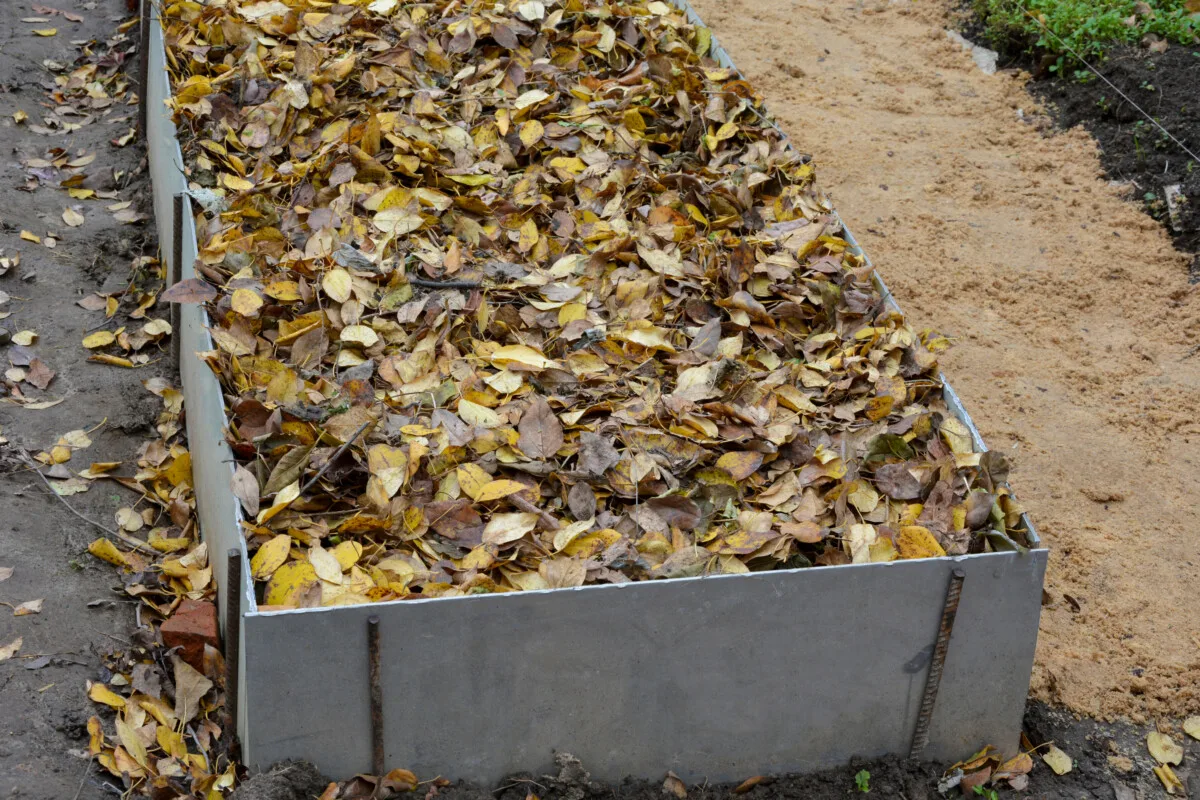
If you don’t already mulch your garden during the growing season, you should definitely mulch it in the fall. Soil is not meant to be bare.
Check out any area cleared for construction, and within a week or two, you’ll see an abundance of weeds pop up. Bare soil is prone to soil erosion by wind and rain as well. By laying down a thick layer of mulch at the end of the season, you’ll keep weeds from popping up during the winter, lock moisture into the soil and prevent soil loss from windy winter storms.
If you’ve got a lawn full of leaves, you don’t have to look far for the perfect top dressing for your garden.
5. Letting Leaves Pile Up on Your Lawn
Cheryl has given us plenty of reasons not to bag our leaves and send them to a landfill. But letting them rot in place on your lawn may not be the best option either. If you’re looking to rewild your space, then, by all means, go for it.
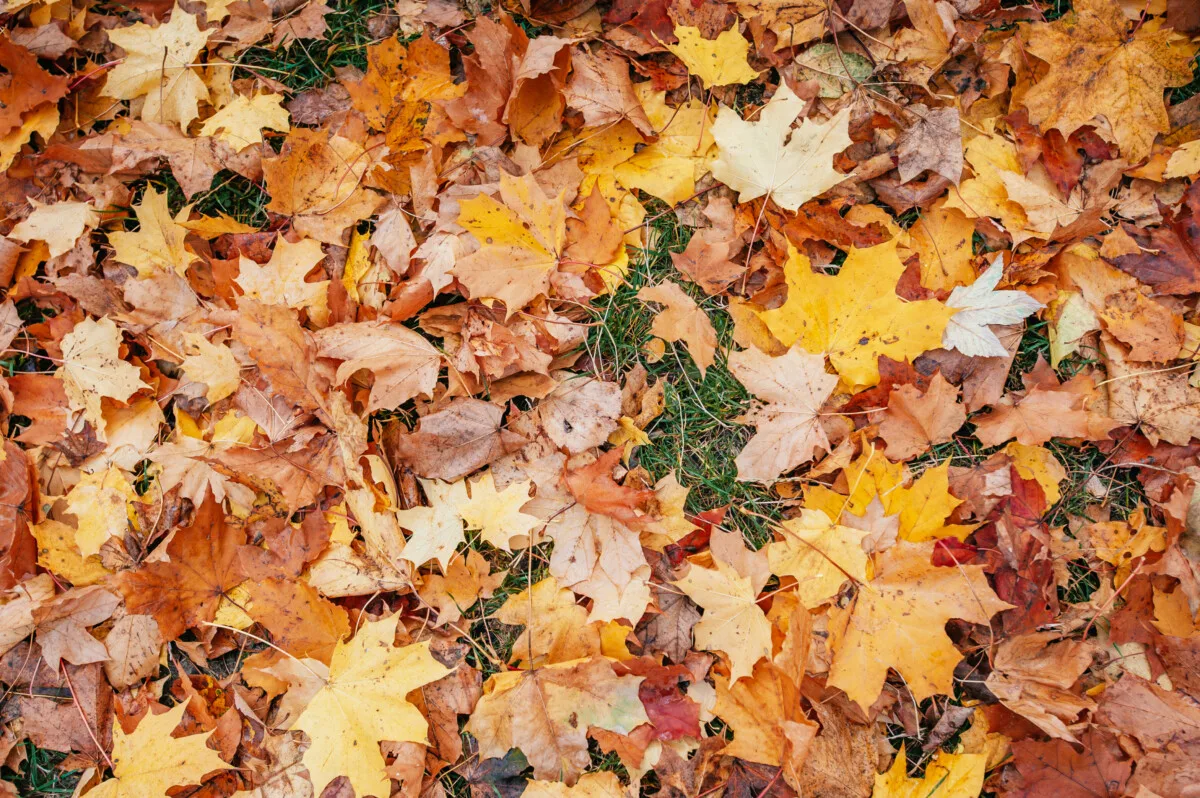
But for the vast majority of us, keeping a tidy lawn isn’t a hobby; our towns or HOAs require it. Unkempt lawns can lead to fines and angry neighbors.
Letting whole leaves sit on your lawn all winter can cause dead spots in your grass, leaving them wide open for more persistent weeds to fill in those areas. If you don’t want to rake them up and use them elsewhere on your property, at least mulch them well with your lawn mower so they will break down among the grass during the winter and provide nutrients for your soil.
6. Forgetting to Protect Tender Plants
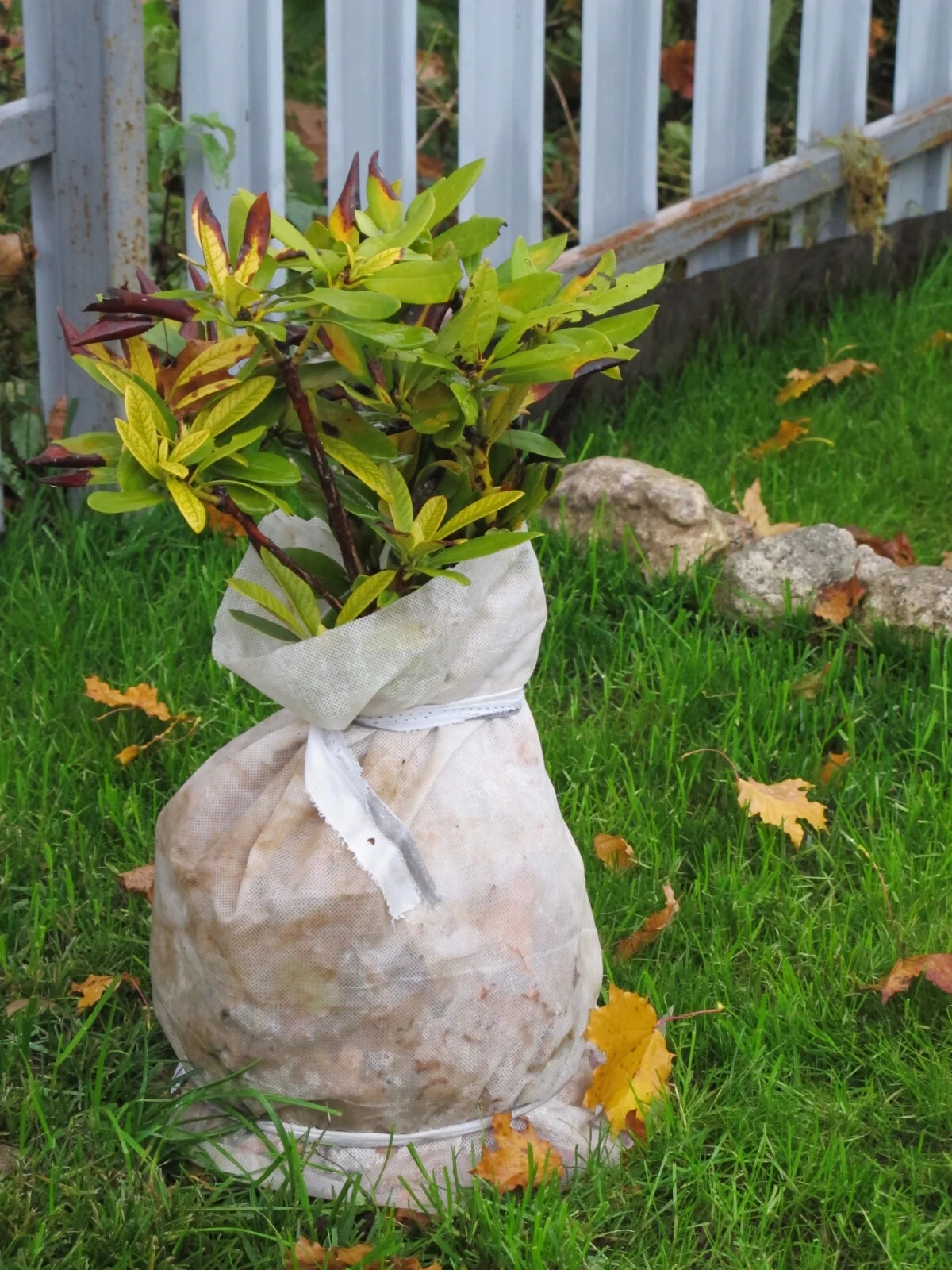
Whether you’ve planted new blueberry bushes, started a hedgerow, or have grown shrubs as a privacy fence, they all need protection. New plants are still susceptible to cold damage and should be protected.
Depending on where you live, you can get away with planting some species that might not survive your winters as long as you cover and protect them.
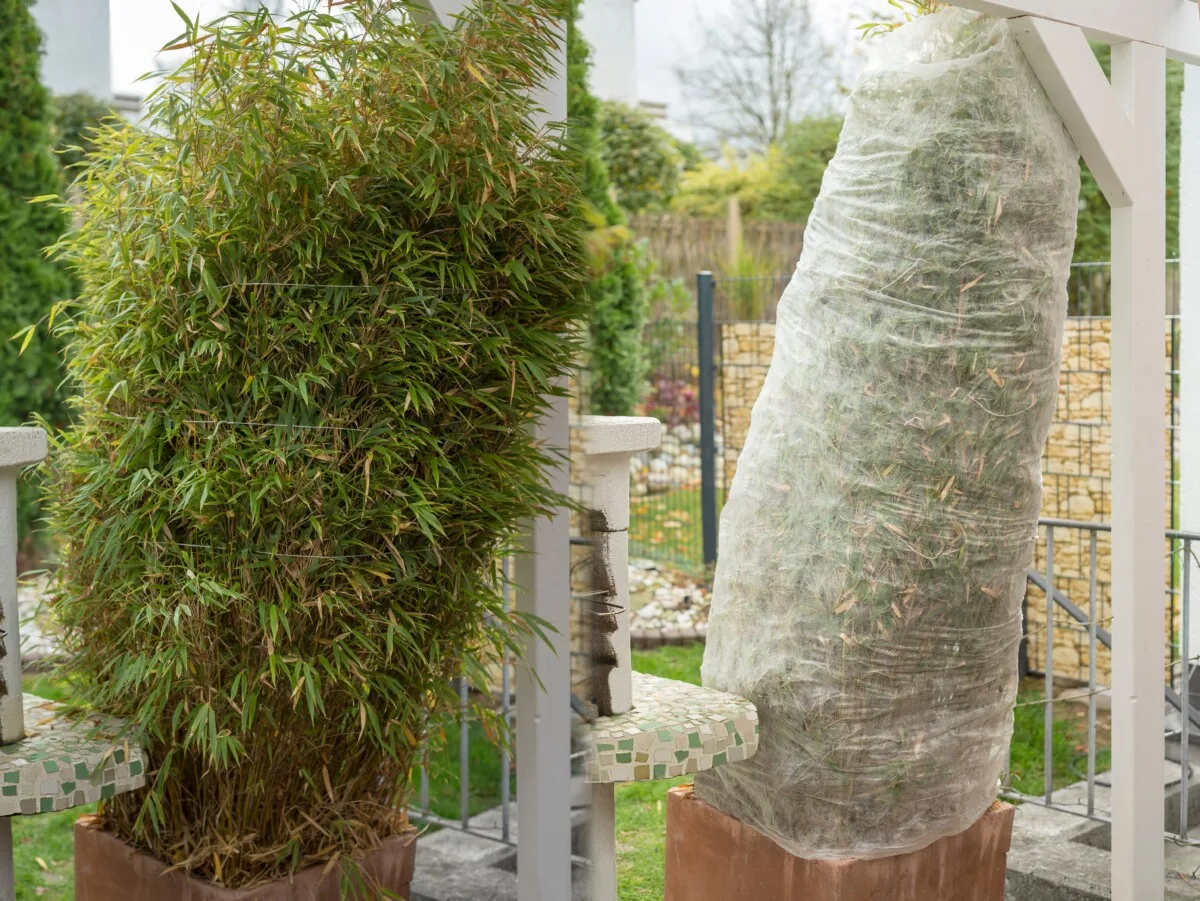
In either case, we often get so focused on our gardens that we forget other plants around the yard. Take the time to prepare and wrap, cover or insulate those plants this fall.
7. Leaving Plants to Break Down in the Garden
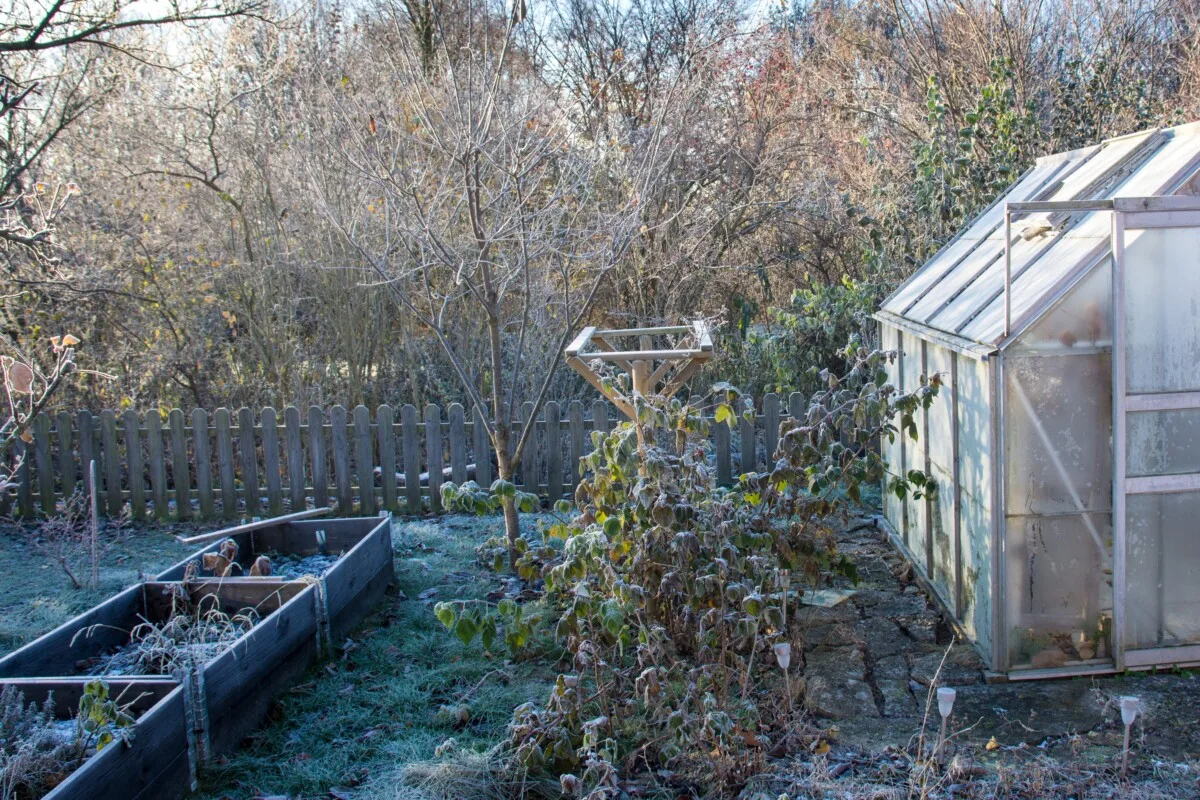
There are numerous opinions about whether or not you should clean up your garden each fall or let it be. The argument for leaving it usually points to the fact that these dead and decaying plants are good places for native pollinators to winter over. That’s a very good argument for leaving your garden messy each year. Unfortunately, these same spots are often a great place for pests to winter over, often on the plant they were destroying.
Depending on your pest issues this past season, leaving plants to break down in the garden can lead to the same problems next year. Rather than provide pests with room and board, cut the plants down to soil level and compost or burn them while letting the roots decay below ground.
8. Cutting Down Dead Perennial Flowers
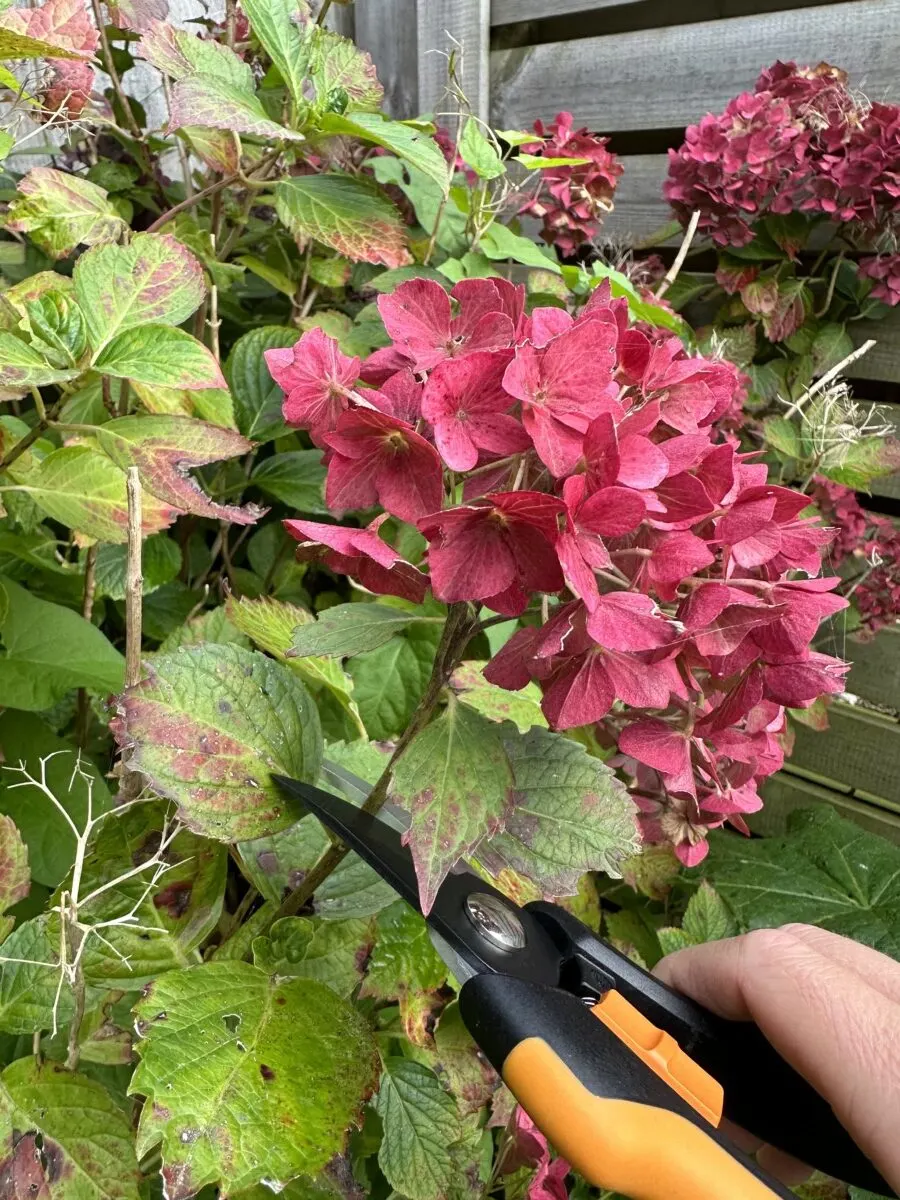
On the other side of that coin, many people mow over spent perennial flower beds each year to leave a tidy landscape throughout the winter. In this case, you should leave the dead stalks and leaves where they are, as native pollinators are more likely to nest where their food is.
Then, next spring, once the insects wake and become active again, you can cut down old plant matter. In this case, you want to provide room and board for these beneficial insects.
9. Pruning in the Fall
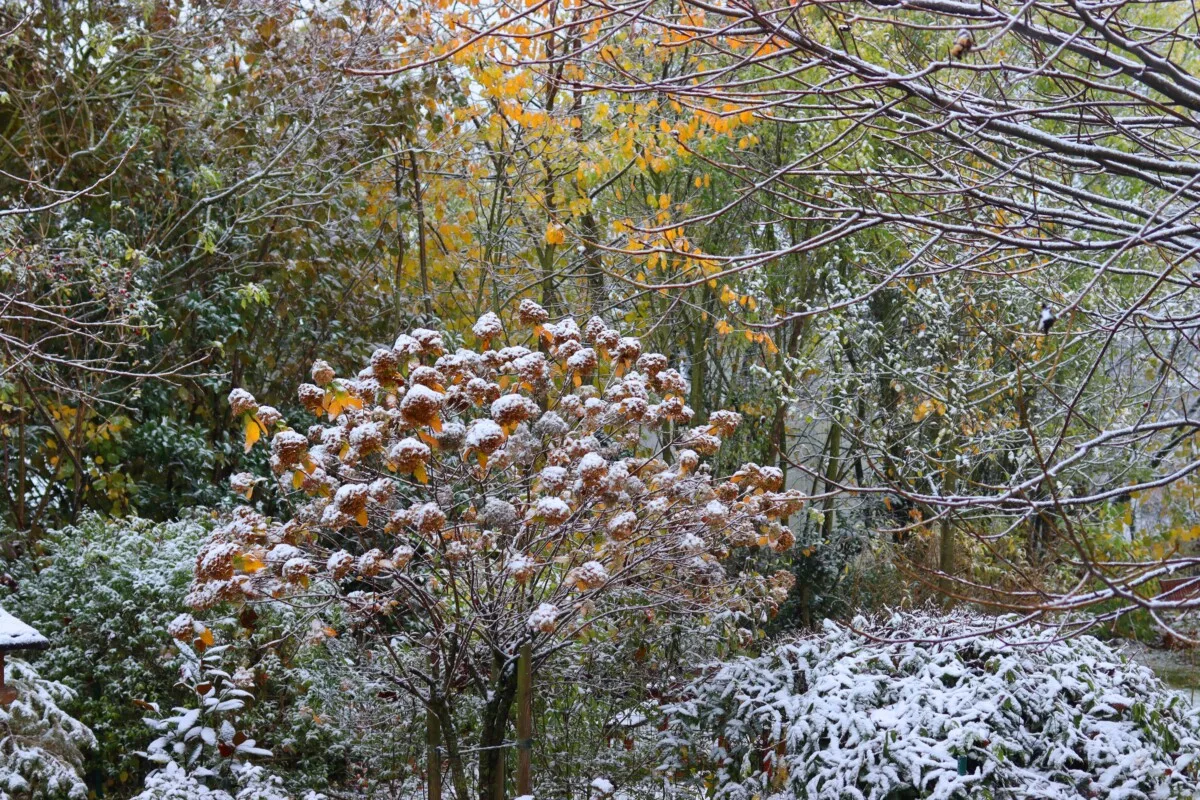
Trees and shrubs look a little worse for wear at the end of the growing season. They’ve often put on a lot of growth during the summer. As the leaves fall off, you can easily see areas where the tree will need to be pruned to keep its shape or promote new growth. With the branches in full view, you might be tempted to reach for the pruning shears, but that’s not a good idea this time of year.
By pruning flowering bushes, such as lilacs or camellias, in the fall, you’re pruning off next year’s buds. It’s best to let them go dormant and prune them shortly after they’ve finished blooming next year.
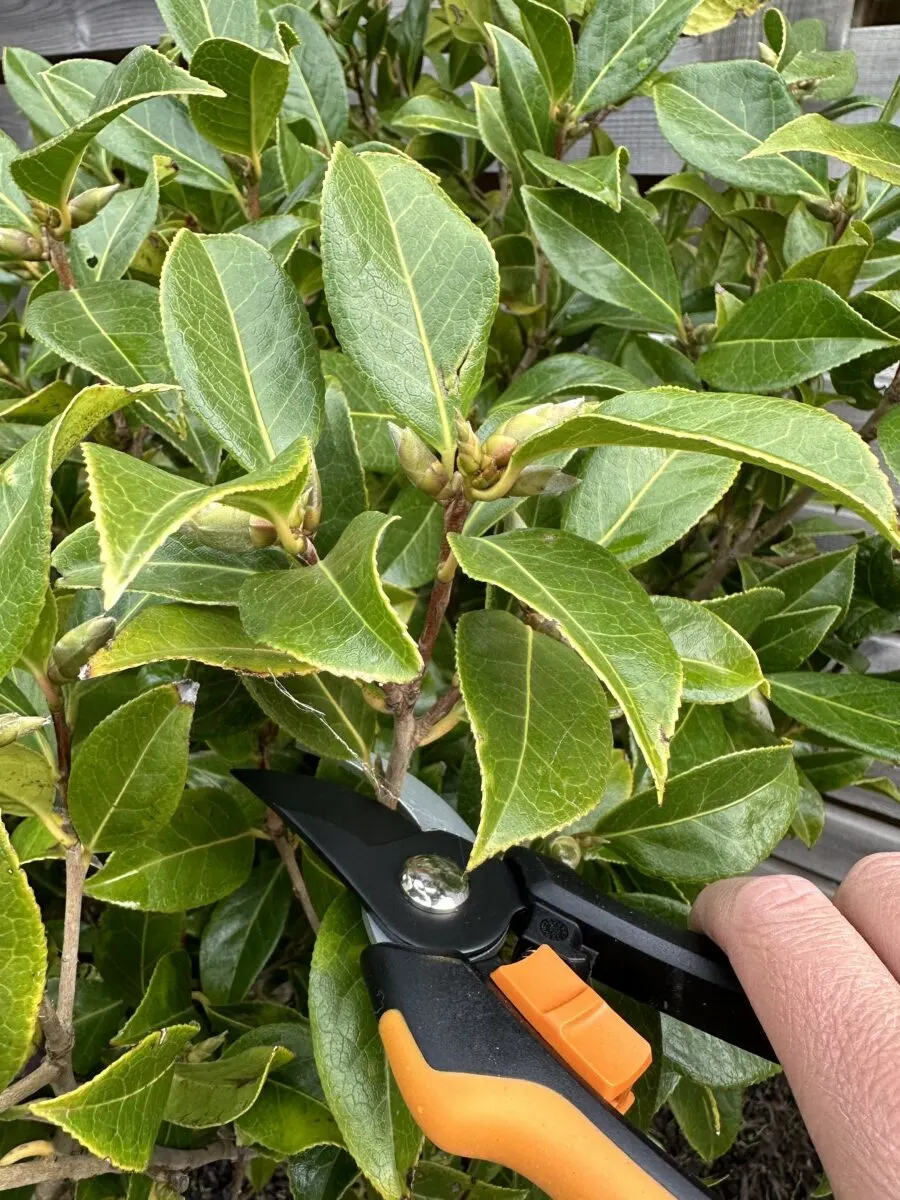
Pruning can trigger new growth in some trees. This new growth won’t have had time to harden off before getting blasted by cold temperatures and will likely die off and can sometimes leave the tree susceptible to disease and cold damage.
10. Not Storing Your Garden Tools Properly
When all is said and done, and it’s time to stop visiting your garden daily, it’s tempting to put your tools away and forget about them until next year. However, before you do that, consider doing Future You a favor. Give your tools a good scrub down with the hose and an abrasive scrubber. Remove the season’s dirt and debris and let them dry.
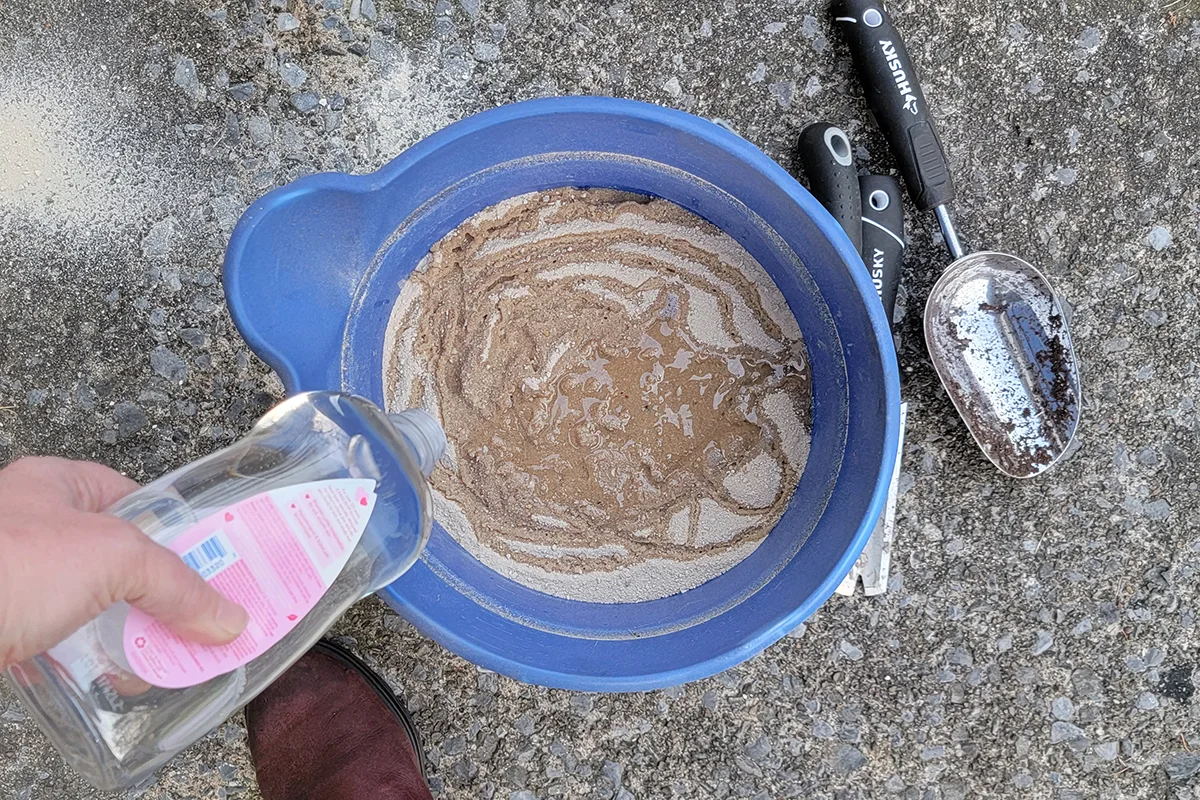
Then, use our garden tool bucket tutorial to easily store, lubricate and sharpen your tools all in one step so they’ll be ready to roll next spring.
Quality garden tools can be expensive; make them last with a little extra care. All told, it takes mere minutes to do, and you can keep your garden tools in tip-top shape for decades. You’ll save money in the long run, as you won’t have to replace rusty tools every few years.
With a little extra effort this fall, you’ll be ready for an even better growing season next year.

Get the famous Rural Sprout newsletter delivered to your inbox.
Including Sunday musings from our editor, Tracey, as well as “What’s Up Wednesday” our roundup of what’s in season and new article updates and alerts.

